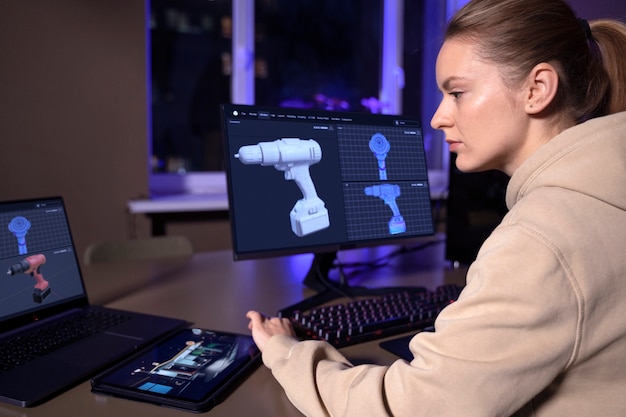With the advancements in technology, crime scene investigation has evolved rapidly, especially in the realm of video analysis. The use of cutting-edge tools and techniques has revolutionized the way forensic experts analyze and interpret video footage to gather crucial evidence. In this article, we will explore the latest innovations in crime scene video analysis techniques, focusing on educational tools for video forensics.
Crime Scene Video Analysis
Crime scene video analysis plays a crucial role in modern-day investigations, providing valuable insights into criminal activities. Forensic experts leverage specialized software and hardware tools to enhance, clarify, and analyze video footage captured at crime scenes. These tools allow investigators to zoom in on details, enhance image quality, and even reconstruct events to reconstruct events accurately.
Enhancing Video Footage
One of the key innovations in crime scene video analysis is the ability to enhance video footage to reveal crucial details that may not be visible to the naked eye. By adjusting brightness, contrast, and color, forensic experts can bring out hidden information in the footage, such as license plate numbers, facial features, or hidden objects. This enhancement process can make a significant difference in identifying suspects and solving crimes.

Video Reconstruction
Another cutting-edge technique in crime scene video analysis is video reconstruction, where experts use specialized software to recreate a sequence of events based on the available footage. By analyzing the movement of objects, people, and vehicles in the video, forensic experts can create a visual representation of what transpired at the crime scene. This reconstruction can provide valuable insights into the sequence of events and help investigators understand the context of the crime.
Educational Tools for Video Forensics
As crime scene video analysis becomes more complex and sophisticated, there is a growing need for educational tools that can help forensic experts acquire the necessary skills and knowledge to effectively analyze video footage. Fortunately, there are several innovative tools available that cater to this specific need.
Cloud-Based Forensic Software
One such tool is cloud-based forensic software, which allows forensic experts to upload, analyze, and store video footage securely on the cloud. This software provides advanced features such as automatic video enhancement, frame synchronization, and object tracking, making it easier for investigators to analyze footage efficiently. Additionally, cloud-based software enables collaboration among forensic experts, allowing them to work together on analyzing video footage remotely.
Virtual Reality Training Simulators
Another educational tool gaining popularity in the field of video forensics is virtual reality training simulators. These simulators provide a realistic and immersive environment where forensic experts can practice analyzing video footage, enhancing their skills and decision-making abilities. By simulating various crime scene scenarios, virtual reality training simulators help forensic experts prepare for real-life investigations and improve their proficiency in video analysis.

Conclusion
In conclusion, innovations in crime scene video analysis techniques, along with educational tools for video forensics, have significantly enhanced the capabilities of forensic experts in investigating and solving crimes. By leveraging cutting-edge technology and specialized software tools, forensic experts can analyze video footage more effectively, uncovering crucial evidence and understanding the context of criminal activities. As technology continues to advance, the future of crime scene video analysis looks promising, paving the way for more accurate and efficient investigations.














